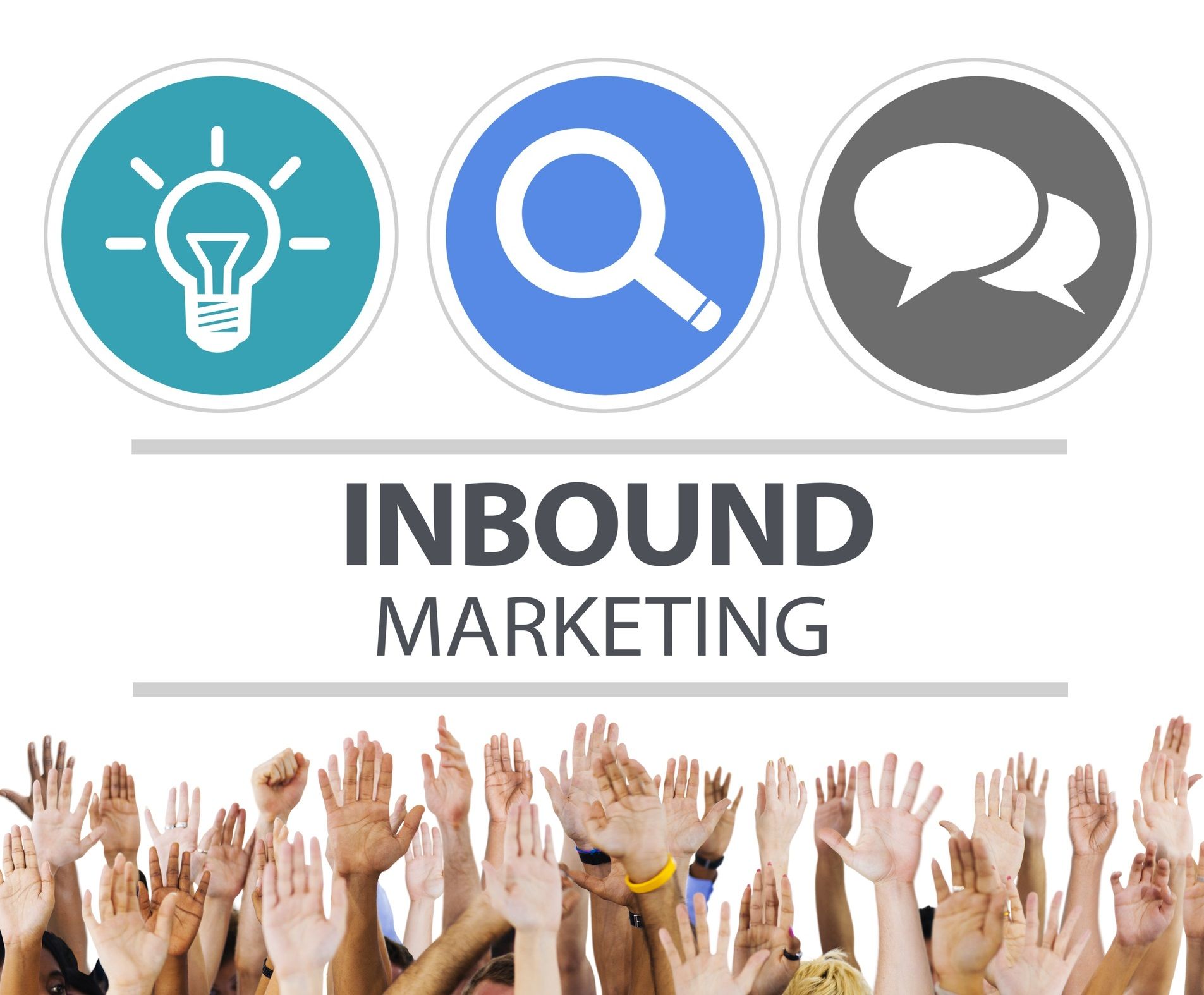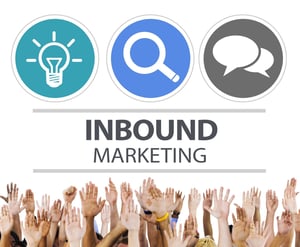
7 Factors That Affect the Price of Inbound Marketing
 So you’ve decided to adopt inbound marketing—congratulations! Inbound marketing, the method of drawing in interested customers to your site rather than pushing them toward it, is quickly become a new standard in marketing, now and into the future. But making the decision is just the first step. Next, you face the big question: What will this cost?
So you’ve decided to adopt inbound marketing—congratulations! Inbound marketing, the method of drawing in interested customers to your site rather than pushing them toward it, is quickly become a new standard in marketing, now and into the future. But making the decision is just the first step. Next, you face the big question: What will this cost?
Even if you used inbound marketing, and have for several years, you may still be curious about costs. You can see from your marketing budgets what it has cost, but you may still be unsure why the numbers have fallen out how they did. The truth is everything from initial decisions to on-going methods can have fluctuating effects on your inbound marketing costs.
Let’s look at seven factors that affect the price of your inbound marketing strategy.
1. Your Need for More Traffic
The first thing to consider is your inbound goal for the top of the buyer’s cycle—visitors to your website. What percentage do you wish to increase your current unique visitors by, and how much time are you giving to reach this goal?
The numbers themselves don’t matter that much, as a 1% increase may be stellar for your small business, while a 5% minimum increase for a large, well-established company is required to make it worthwhile. Whatever numbers your goal requires, work with those. What you need to keep in mind is how much of a change it is from where you are now.
If you want a lot of growth in a short time, you’ll require more expensive methods to draw in that much traffic, such as more articles, better SEO, social media, email, and more. All those things will cost you in people power and content creation. If you’re looking for similar growth, but over a longer time, you can keep your costs lower, yet steady.
2. Your Need for More Leads
Next—and closely related to more hits—we need to consider how much of an increase you want in your lead generation. Remember, hits to your website don’t necessarily mean someone has entered completely into the buyer’s journey with you. At the least, it means something you’ve done has captured their interest, but if you want them to be a true lead, you need your content to start checking off the boxes they’re looking for.
If you want to be able to convert more of those visitors into leads, you have to create content that speaks to a larger variety of people. You need to consider all the avenues that might bring someone to your site, what they are looking for, and what would make them say, “Yeah, this could be my solution.” Better, more focused content, improved landing pages with better call-to-action buttons, and overall website optimization will be required. All of these are going to cost you the same in people power and resources as generating traffic, which will add to your ultimate inbound marketing bill.
3. How Long You Have to Achieve Your Goal
We briefly touched on this idea, but it’s an important factor: How long do you have before you need to reach your business goal? Do you have 12 months to increase your traffic and lead generation—or do you need to see some serious results before the end of the next quarter? The faster you need it, the more money it’s going to cost you.
Part of the power of inbound marketing is its ability to continue to work long after its initial creation. That “how-to” article will continue to see returns for months and years as more people find it when they need it, but it’ll take time. If you need fast results, you’re going to have to empty out that wallet to get enough traction in your given timeframe. You may need online advertising to get quick wins, which can be costly.
4. Your Website’s Current State
How’s your website? Has it been optimized for today’s SEO best practices? Does it include a great user experience? Or was it last updated before Google rolled out its last three algorithm updates? Don’t worry if your site is old—that can always be fixed!—but depending on how much work needs to go into your site, you may be looking at higher costs.
If it’s time for a major overhaul of your site, you’re looking at a high cost (website work isn’t cheap)! If it’s a smaller job, just to bring your site up to current standards, it will cost you less. If your website is already doing all it can to convert leads, then you may not have to pay this cost at all.
Just remember: your website is your company’s digital face on the internet. It’s the first sales rep an interested customer will meet, so it needs to offer a great experience. It costs upfront, but that price is well worth the work it will put into converting leads.
5. Your Content’s Current State
How much content do you currently have? How much will you need to accomplish your goal? This all comes back around to how quickly you need to generate traffic and convert it into leads.
If your company already has a lot of content (especially an on-going plan for creating it), you’ve probably already factored that cost into your strategy. If you’re just starting out with inbound marketing and have no content—prepare to open that wallet again (but, as discussed, it’ll work for you well into the future).
6. The Length of Your Current Email List
This is a big one: How many emails do you currently have in your opt-in list? Inbound marketing is all about drawing in a crowd that brings pre-invested interest, but once you bring them in, you want to hook them—and get their email addresses. If the state of your current email list is best described as “short and sweet,” then expect to drop more money—mostly in the areas we’ve already discussed—to expand that list.
If you already have a large list, then it’s time to start leveraging it! This is where the email branch of your inbound marketing strategy begins to shine.
7. How Aggressive Is Your Competition?
We’ve looked internally for most factors, but now it’s time to turn your attention outward and look at your competition. If you’re the first in your industry to adopt inbound marketing tactics, you’re laughing (and won’t need to spend as much to see better results than your competitors and dominate the web). However, it’s more likely you’re facing off against a competitor that’s doing the same thing you are, or has for some time. Depending on how aggressive your competition is, you’ll have to drop enough dollars to compete.
There are many variables that can influence the cost of your inbound marketing strategy, but these seven factors are an important start to calculating what you’ll need to spend. Always remember that inbound marketing costs are front heavy, but their reach continues well into the future. Inbound marketing costs, but it’s well worth the price tag.

CEO and Chief Revenue Scientist
Mike Lieberman, CEO and Chief Revenue Scientist
Eliminate Hit-or-Miss Marketing Moves
Get advice, tips, tools and guidance to generate more leads for your company in this weekly email newsletter.



Eliminate Hit-or-Miss Marketing Moves
Get advice, tips, tools and guidance to generate more leads for your company in this weekly email newsletter.













